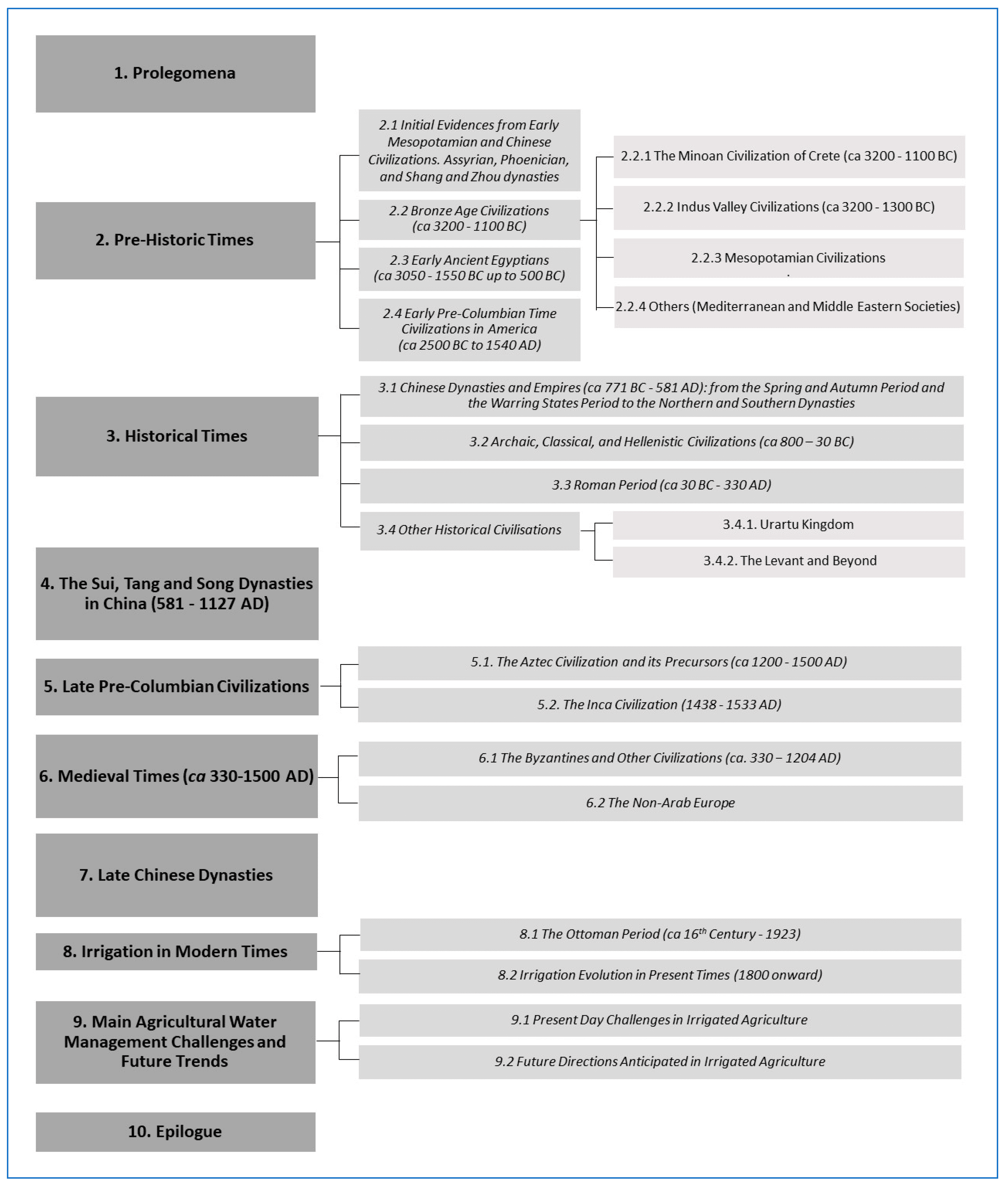The Mayan civilization and the Roman Empire were two of the most influential civilizations in history, despite being separated by both time and space. The Mayan civilization dominated large parts of Mesoamerica from approximately 2000 BCE to 900 CE, while the Roman Empire was founded in 753 BCE and lasted until the fall of the Western Empire in 476 CE. The Mayans were composed of city-states ruled by monarchs, while the Romans had a centralized government led by an emperor with a bureaucracy of officials and governors. Both left behind impressive works of art and architecture that still inspire wonder today.
The Mayan Civilization vs. The Roman Empire: A Study of Two Great Civilizations from Different Regions
Introduction
The Mayan civilization and the Roman Empire were two of the most powerful and influential civilizations in history. Though they were separated by both time and space, there are many similarities and differences that can be drawn between these two great cultures.
Geographical and Chronological Differences
The Mayan civilization dominated large parts of Mesoamerica from approximately 2000 BCE to 900 CE. The area included present-day Mexico, Guatemala, Belize, and Honduras. The Roman Empire, on the other hand, was founded in 753 BCE and lasted until the fall of the Western Empire in 476 CE. It encompassed much of Europe, parts of Africa and the Middle East, and included modern-day Italy, Spain, France, and Britain.
Political Structures
The Mayan civilization was composed of city-states ruled by powerful monarchs who answered to a larger hierarchy of rulers. Each city-state had its own distinct ruler and government, which sometimes led to competition and even warfare between them. In contrast, the Roman Empire had a centralized government led by an emperor who held absolute power. The emperor controlled a large bureaucracy of officials and governors who helped manage the vast territories that the empire encompassed.
Religion and Belief Systems
The Mayan civilization had a polytheistic religion that involved deities associated with natural phenomena such as the sun, moon, and rain. These gods were believed to have direct influence over daily life and important events such as agricultural harvests or battles. The Roman Empire, on the other hand, was initially pagan in nature but later adopted Christianity as the official state religion under the reign of Emperor Constantine.
Art and Architecture
Both the Mayan civilization and the Roman Empire left behind incredible works of art and architecture that still inspire wonder to this day.
Mayan Art and Architecture
Mayan architecture consisted of elaborate ceremonial centers, pyramids, temples, and palaces that were built using stone, stucco, and lime mortar. Some of the most impressive examples include the pyramids of Tikal and the ruins of Chichen Itza. Mayan art, on the other hand, was predominantly expressed through pottery, murals, and sculptures that depicted historical events, deities, and daily life.
Roman Art and Architecture
The Roman Empire is often hailed as the creator of some of the most impressive architectural feats in history. Roman architecture was characterized by the use of concrete, arches, vaults, and domes. Some examples include the Colosseum, the Pantheon, and the Forum. Roman art was primarily expressed through painting, sculpture, and mosaic work. Some of the most recognizable examples of Roman art include the statue of Augustus of Prima Porta and the Trajan Column.
Conclusion
While the Mayan civilization and the Roman Empire were vastly different in terms of their geography, chronology, political structures, religion, and art, they were both remarkable civilizations that have left a lasting impact on our world. By studying these two great cultures, we can gain a greater understanding of human history and the incredible innovations that were achieved by our ancestors.
